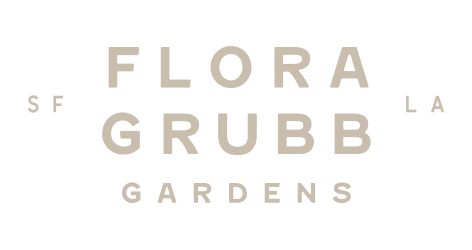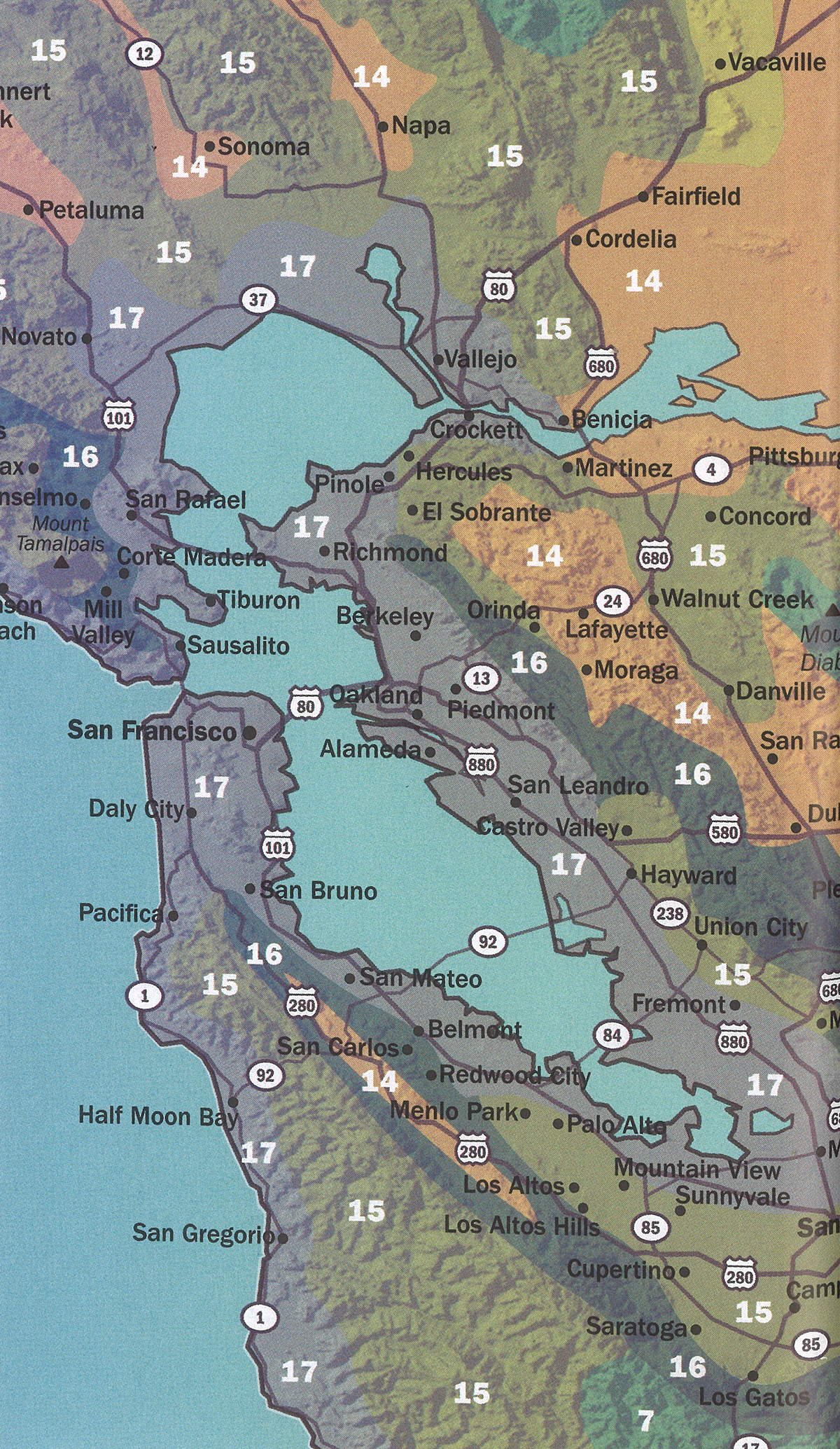


| synonyms | Senecio talinoides subs. mandraliscae | |
| height | 6–12in | |
| width | 1–3ft | |
| tolerates | Coast, Cool Summers, Drought, Fog, Pots, Salt, Wind | |
| water needs |
Low | |
| water info |
The blue, chalky, waxy leaves of this plant make it quite drought tolerant, though it will look its best when given water once dry. Shriveling or dropping of older lower leaves is a sign of underwatering (or possibly too little light.) Generally blue chalk sticks will want water every two to three weeks during the dry season to keep looking their best, with more frequent waterings in inland areas with dry heat. | |
| hardy to |
25F | |
| exposure | Part Shade – Full Sun | |
| indoor outdoor |
Outdoor | |
| drainage | In Ground: Cactus Mix, In Pots: Cactus Mix, Tolerates Sandy Soil | |
| fertilizing | All Purpose | |
| origin | W South Africa | |
| california native |
No | |
| sunset zones |
8, 9, 12–23 |
Full Sun
Six or more hours of sun beams directly landing on the plant's leaves.
Part Shade
Three to five hours of sun beams directly landing on the plant's leaves.
Part Sun
One to two hours of sun beams directly landing on the plants leaves.
Full Shade
The plant is never fully lit by sun beams,
but is in a bright spot or has dappled sunbeams playing over the leaves throughout the day.
Deep Shade
The plant never has dappled light on the leaves, and is in a place that feels dim, even on a nice sunny day.
